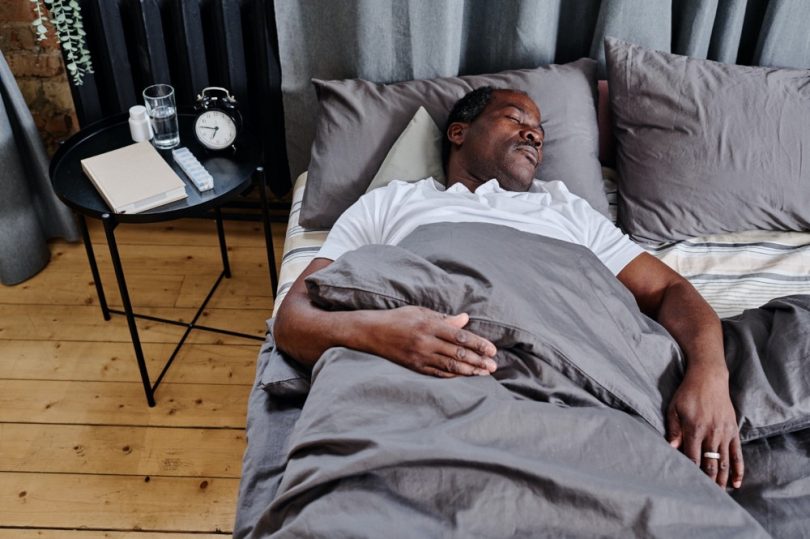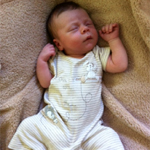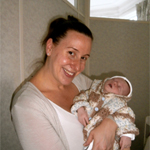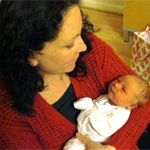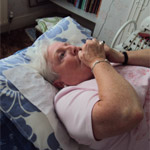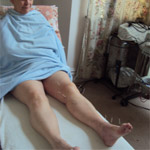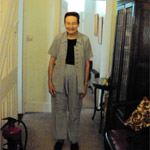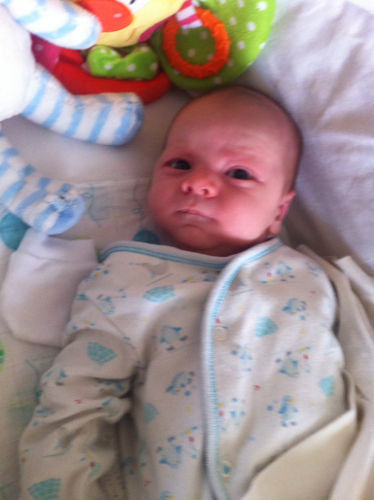Is your sleep position causing you back pain?
Back pain happens to the best of us. In fact The British Pain Society reports that a massive eight million people in the UK suffer with chronic back pain that is moderate-to-severely disabling.
Poor posture, muscle or ligament strain and a lack of exercise are cited as some of the main causes of back pain. But could the position you sleep in also help and/or hinder the health of your back?
“I believe so,” Osteopath Denise Callaghan says. “Your back is made up of 33 vertebrae’s all stacked up on top of each other. Your spine provides the main support for your body, helping you stand, twist and bend. Poor sleeping positions can place undue pressure on your spine, and your neck for that matter. But an old mattress could also be the culprit of your back pain.”
According to one study, swapping out a mattress older than nine years for a new one can improve sleep quality, reduce stress and reduce back discomfort.
So, is there an optimal sleep position for back pain?
We all know how important sleep is for our overall health and wellbeing.
Along with improving your attention and concentration and reducing stress levels, catching some ZZZs also gives your body a chance to rest and recover.
But is one sleeping position better than another? According to the Sleep Foundation, the best sleeping position for lower back pain is on your side with a partial bend in the knees.
How else can you look after your back?
There are a number of ways in which you can keep your back health on track.
- Invest in a medium-to-firm mattress — This is very important as (if we’re lucky) we spend at least 8 hours of our day on it. So be considerate about your mattress and make sure you invest in a good, supportive option that will keep your back, neck and spine in good working order.
- Invest in a good, ergonomic desk chair – and adjust the height so you can use your keyboard with your forearms straight and level with the floor.
- Sit upright – your shoulders should be in line with your hips and your chin should be back – not jutting forward. Make sure your screen it is at eye level.
- Take regular screen breaks – even if it’s just to go to the toilet or get up for a glass of water. Just make sure you reset your posture and seated position when you return.
- Strengthen your back by exercising it. You could do wall sits, pelvic tilts or crunches.
- Stretch — along with exercising, be sure to stretch your back to help ease away any aches or pains and increase your range of motion.
We’ve got your back
By practicing the above you can keep your back in good, working order. However, if you find you are still suffering from aches and pains in your back, then Osteopathy could be the answer.
Along with electrotherapy and the power of acupuncture, Denise uses Osteopathy to manually relieve pain and restore movement and function into the lower back area.
Denise says: “Although it is debilitating, back pain is however treatable by means of Osteopathy. Treatment may include manipulation, passive mobilisation of joints, and soft tissue massage. Exercises may also be used to increase general fitness and to strengthen muscles which support the spine. And in fact, The National Institute for Health and Clinical Excellence advises that manual therapy including Osteopathy, acupuncture and a structured exercise program should be considered in the management of patients with low back pain.”
If you have got aches and pains in your back that you’d like to discuss, please do get in touch with Denise.

